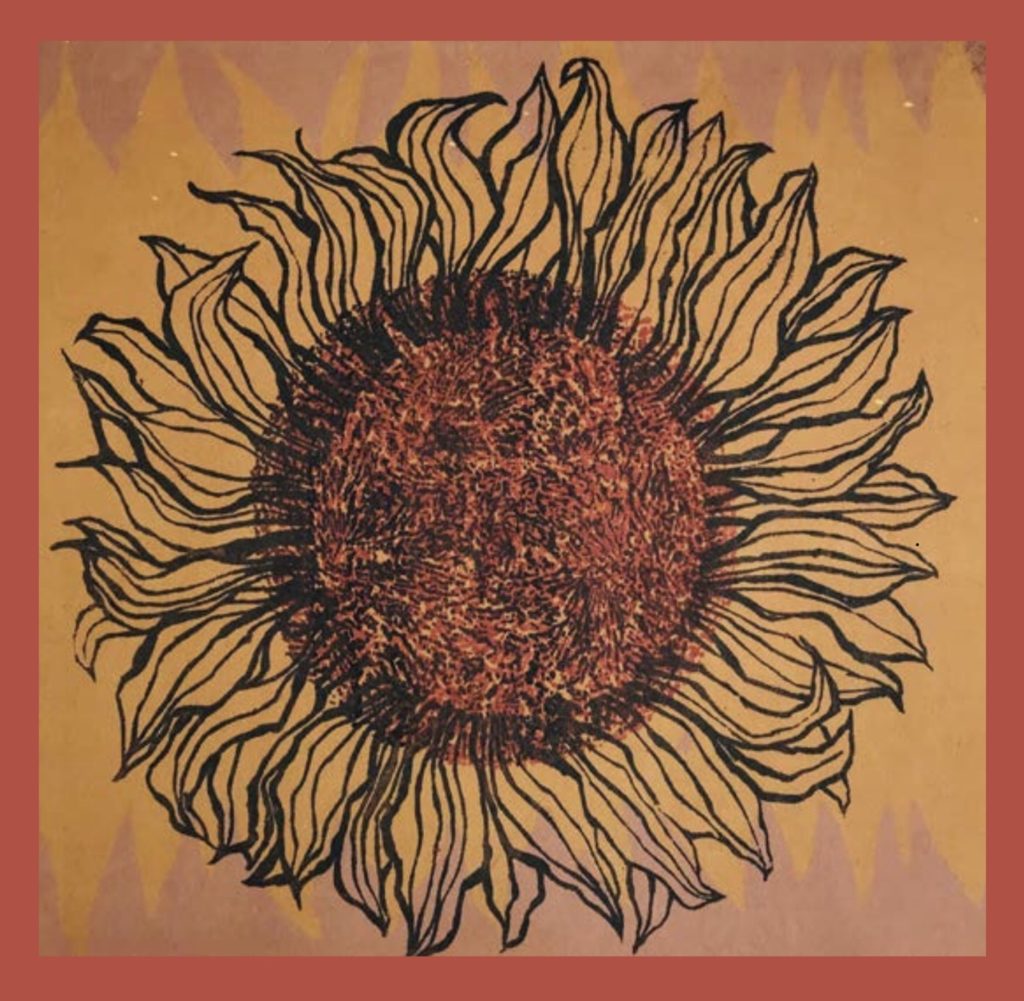Wendy Barrett pays a visit to a new arts space in Uppermill, Saddleworth.
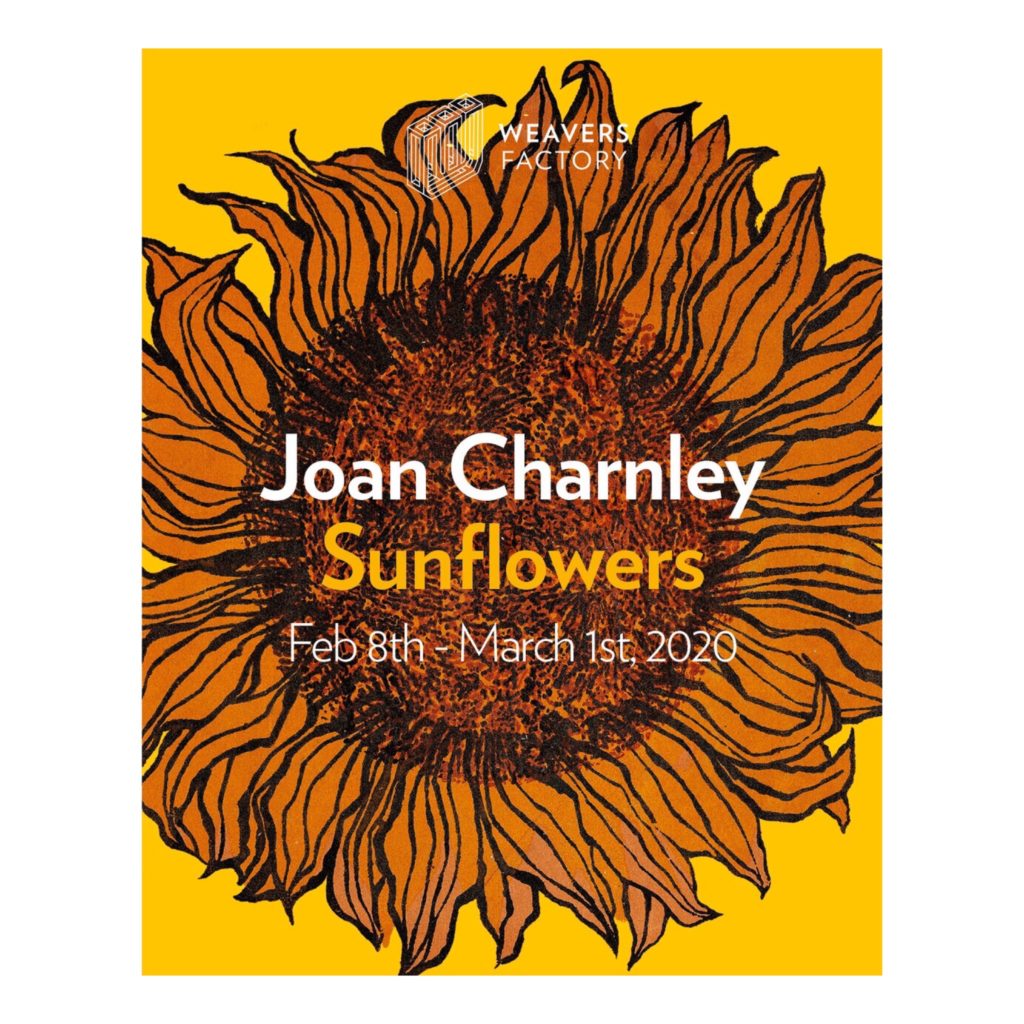
Recent trips up North to visit my family on the edge of Saddleworth Moor now always include a visit to contemporary new arts space the Weavers Factory in Uppermill. The site was originally a nineteenth-century domestic weaving workshop, the local area being a hub for woollen cloth weaving and cotton spinning before and during the Industrial Revolution. Uppermill lies on the west side of the South Pennines and both the River Tame and the Huddersfield Narrow Canal pass through it. RSPB Dovestone is nearby.
Bright, welcoming and distinctly unstuffy, the gallery opened last Spring in the home of patron Joan Charnley. Joan lived in the house for fifty years and was a textile designer, teacher and artist. After her death in 2016 she bestowed her house and archive to close friends and neighbours Nigel Durkan and Julian Bovis. “Joan simply said she would like her house to become an art house but there were no conditions,” says Nigel. “ She said in her will if we didn’t want to carry out her wishes we could sell the bloody lot! When we were going through her archive we found some small notes with some vague ideas but nothing more than that.” The house was lovingly renovated and restored over three floors into galleries, a workshop, a gift shop, tea bar and garden.
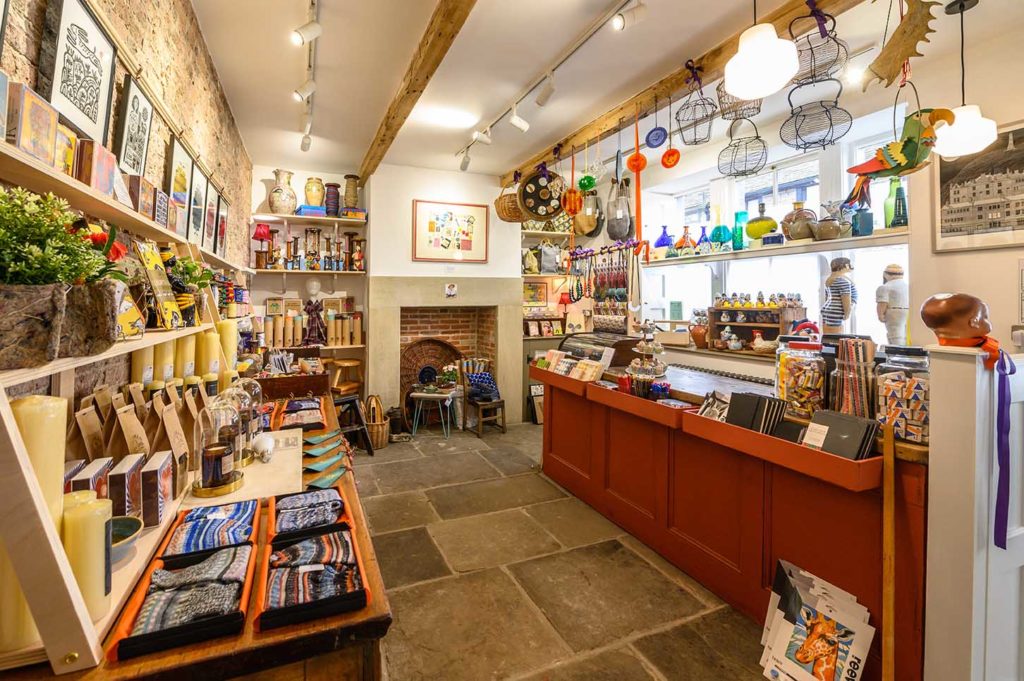
“Joan often talked about her worry about what would happen to her garden after she died”, says Nigel. “It was her pride and joy and I was the one who helped her in it, or rather she bossed me about in it. It is a shade garden and she built it up over 50 years. The rowan tree in the corner was bought in Scotland in 1965 as a sapling, there is a pyrus, a holly tree and a tree fern. When we undertook the renovations I commissioned an RHS gardener to meticulously archive and photograph Joan’s garden and we transplanted into pots etc, and put everything into our garden next door. When the renovations were done we transplanted it all back to exactly as it was the day Joan died. We have added another small bench and the tree fern was added by me as one of the holly trees died during the renovations. Also, in the 1980s, Joan took the York flags out of her kitchen and put them in the garden. We had to take them back into the house as they are too slippy for the public. That’s it — we have not changed a thing in the garden, just preserved it.”
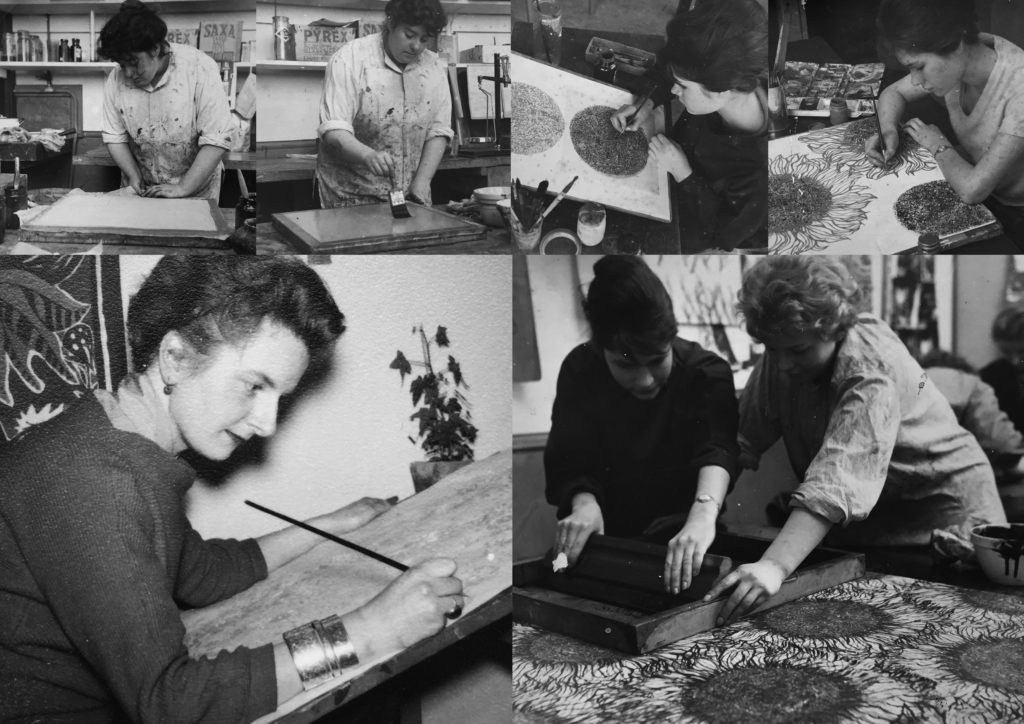
With a new exhibition each month, this February celebrates Joan’s beautiful 1950s sunflower. Julian Bovis: “I remember seeing Joan’s sunflower design in her dining room and wondering why it took pride of place, but it wasn’t until after she died that we found out why. In the 1950s, whilst working as Vice Principle at Great Yarmouth School of Art, Joan had drawn the sunflower design to teach students how to create repeat textile patterns. So instead of just exhibiting her original work, we thought it would be a fitting tribute to her educational legacy to recreate a new range of Joan’s sunflower designs for the 21st century. Using digital design and contemporary print technology, each of the new designs feature Joan’s original sunflower but with a twist, using authentic 1950s colours and a vintage aesthetic.”
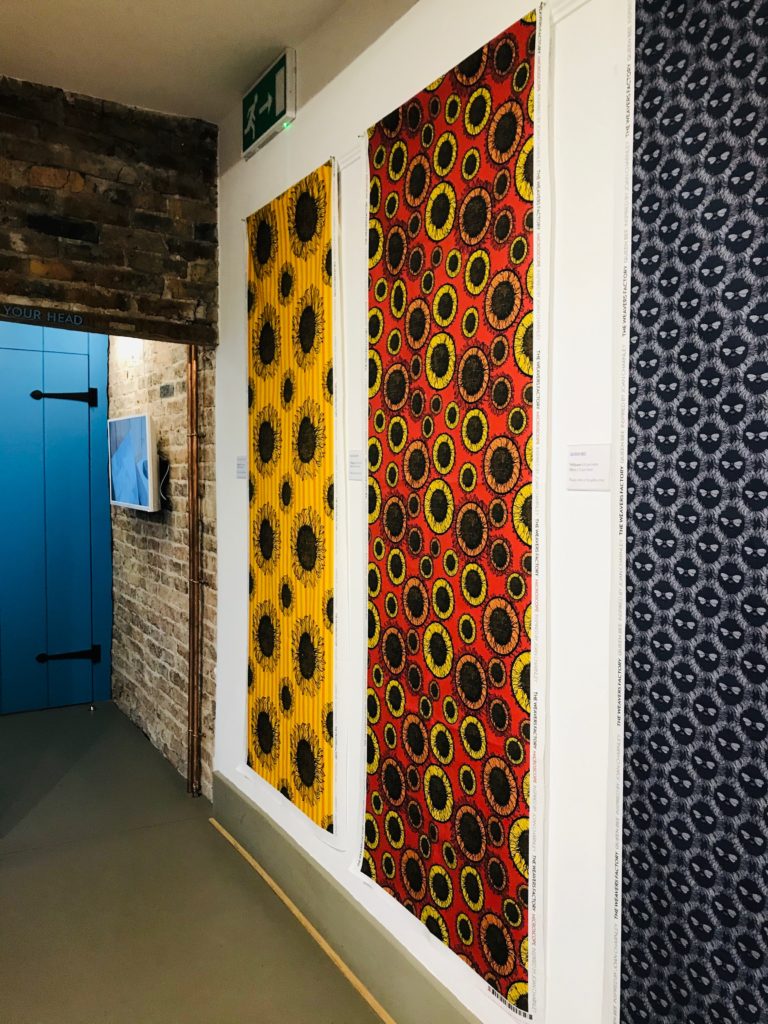
Last year’s exhibitions included ceramics, photography, painting, furniture, illustration and sculpture, and continuing Joan’s spirit as an educator, the Weavers Factory is especially supportive of local students and young artists. The logo was designed by Alex Waterson, a graduate of Liverpool John Moores University. “We went to see the degree shows and he had designed the alphabet in 3D. We loved it. He also chose our font which is called Verlag, from the 50’s and used by the Guggenheim back then.” The sign was printed in 3D and hangs outside the gallery above the door. January’s exhibition was given to the winners of The Joan Charnley Textile Prize and later this year there will be a Youth Art Prize challenging local children to think about the current socio-political climate.
“Joan did not make any wishes regarding her archive, so we have gifted it to Manchester Metropolitan University and the School of Art Special Collections. We are delivering it on the 19th of March 2020 so it means it will be conserved and people will have access to it once it is online.
Joan also used to give botanic lectures around the Highlands and Islands on the small boat cruises, which she loved. All her slides and notes from these lectures, boxes and boxes, are also going to the archive collection, they are amazing.”
There’s a feeling here of doing something a bit different, subtly pushing the boundaries yet staying true to the history of the site and the local community. Well worth a trip.
